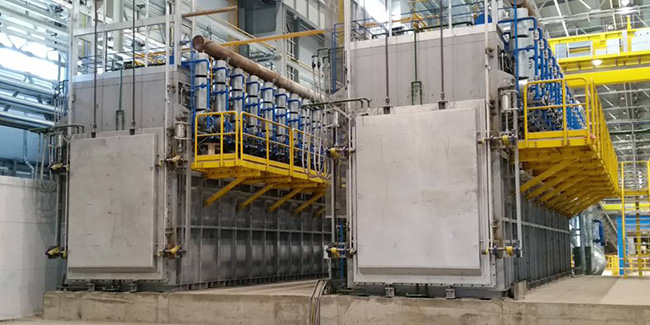What is protective atmosphere heat treatment?
Protective atmosphere heat treatment refers to the process of heat treating metals and alloys under a specially controlled atmospheric environment. This is done to prevent undesirable chemical reactions from occurring on the surface of the material being treated, such as oxidation or decarburization. The protective atmosphere is employed to ensure the finished product retains its desired properties and surface finish.
Types of Protective Atmospheres:
Endothermic Gas: This is a common protective atmosphere that is often a mixture of carbon monoxide (CO), hydrogen (H2), and nitrogen (N2). It is produced by passing natural gas through a heated retort filled with a nickel catalyst.
Exothermic Gas: Produced by the combustion of fuel with an excess of air, exothermic atmospheres typically consist of nitrogen, carbon dioxide, and water vapor. They're primarily used for annealing processes.
Nitrogen and Hydrogen Mixtures: Used mainly for high-temperature stainless steel annealing, these mixtures can help prevent the formation of oxides.
Vacuum: In some heat treatment processes, the best way to prevent unwanted reactions is to perform the heat treatment in a vacuum, essentially removing the atmosphere entirely.
Other Gases: Other specific gases or mixtures, like argon or forming gas (a mixture of hydrogen and nitrogen), can be used depending on the specific requirements of the heat treatment process.

Advantages of Protective Atmosphere Heat Treatment:
Prevents Oxidation: Metals heated in the presence of oxygen tend to form oxides on their surfaces. These can affect the mechanical properties and appearance of the material. A protective atmosphere prevents this.
Avoids Decarburization: Carbon is an essential element in steel that affects its hardness. When steel is heated in the presence of oxygen, carbon can react with it and get removed from the surface layer, resulting in a process called decarburization. This results in a softer surface layer, which might be undesirable for many applications.
Improved Surface Finish: Without the formation of oxides or other undesired compounds, the final product often has a better, cleaner surface finish.
Allows for Specific Case Hardening Processes: Some heat treatments, like carburizing and nitriding, intentionally introduce elements like carbon or nitrogen into the surface layer of metals to enhance their properties. A protective atmosphere allows control over these processes.
In conclusion, protective atmosphere heat treatment is a crucial process in metallurgy that ensures the consistent and high-quality production of metals and alloys. Whether it's maintaining the properties of a material or imparting new ones, the controlled environment is pivotal in achieving the desired results.

